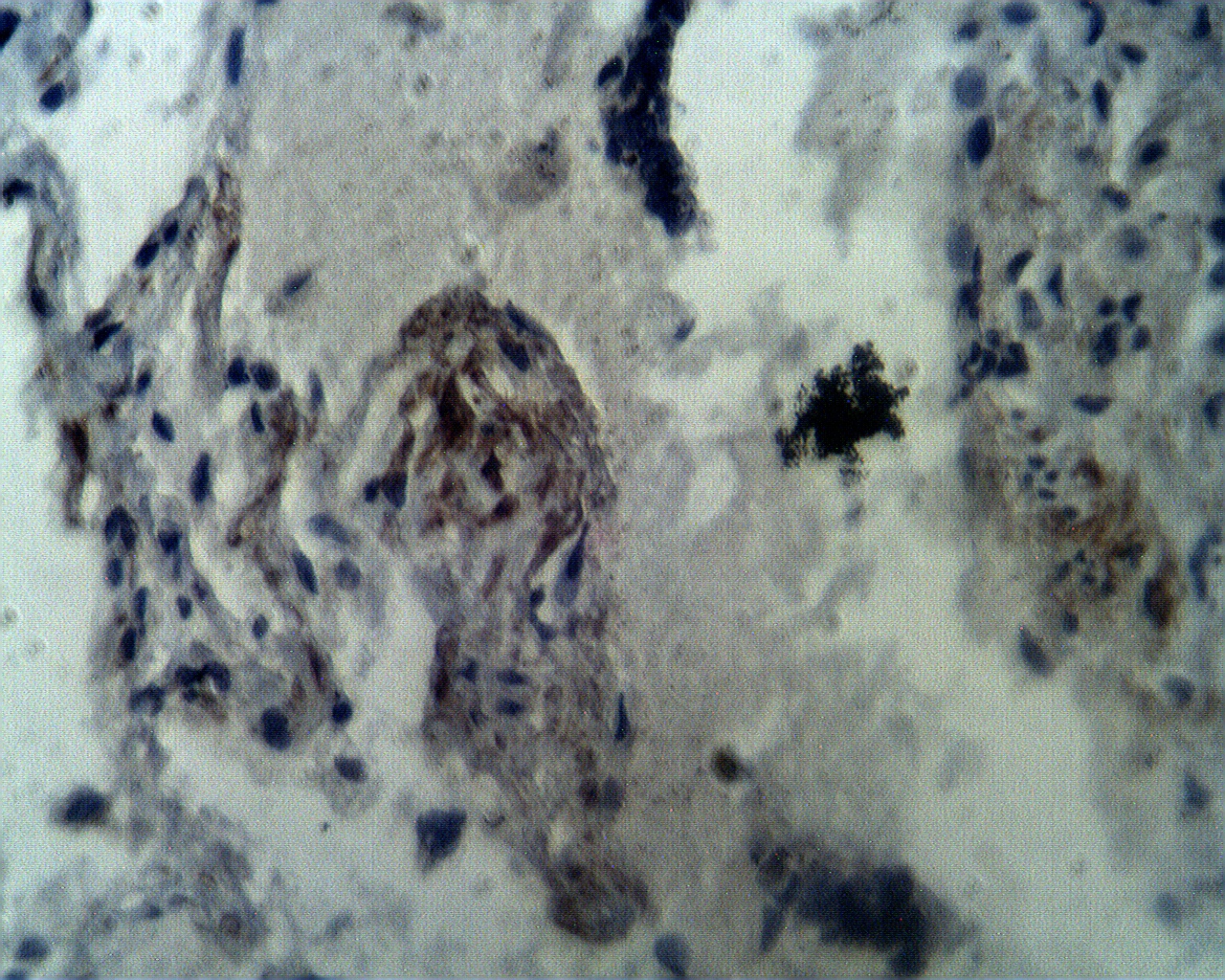Catalogue

Rabbit anti Human Aprataxin
Catalog number: X2725P| Product Type |
Antigen Immunoaffinity Purified Polyclonal |
| Units | 100 µg |
| Host | Rabbit |
| Species Reactivity |
Human Mouse Rat |
| Application |
ELISA Western Blotting |
Background
DNA-binding protein involved in single-strand DNA break repair, double-strand DNA break repair and base excision repair. Resolves abortive DNA ligation intermediates formed either at base excision sites, or when DNA ligases attempt to repair non-ligatable breaks induced by reactive oxygen species. Catalyzes the release of adenylate groups covalently linked to 5'-phosphate termini, resulting in the production of 5'-phosphate termini that can be efficiently rejoined. Also able to hydrolyze adenosine 5'-monophosphoramidate (AMP-NH2) and diadenosine tetraphosphate (AppppA), but with lower catalytic activity. Protein is widely expressed. Defects in APTX are the cause of ataxia-oculomotor apraxia syndrome, an autosomal recessive syndrome characterized by early-onset cerebellar ataxia, oculomotor apraxia, early areflexia and late peripheral neuropathy. Also a cause of coenzyme Q10 deficiency. Coenzyme Q10 deficiency is an autosomal recessive disorder with variable manifestations. It can be associated with three main clinical phenotypes: a predominantly myopathic form with central nervous system involvement, an infantile encephalomyopathy with renal dysfunction and an ataxic form with cerebellar atrophy. Coenzyme Q10 deficiency due to APTX mutations is typically associated with cerebellar ataxia.
Synonyms: Forkhead-associated domain histidine triad-like protein; FHA-HIT; APTX; AXA1
Source
Immunogen: Synthetic peptide derived from the human aprataxin protein.
Product
Product Form: Affinity Purified
Formulation: Provided as solution in phosphate buffered saline with 0.08% sodium azide
Purification Method: Antigen Immunoaffiinity Purification
Concentration: See vial for concentration
Applications
Antibody can be used for Western blotting (1:400 dilution). Optimal concentration should be evaluated by serial dilutions.
Functional Analysis: Western Blotting
Positive Control: Human lung tissue
Storage
Product should be stored at -20°C. Aliquot to avoid freeze/thaw cycles
Product Stability: See expiration date on vial
Shipping Conditions: Ship at ambient temperature, freeze upon arrival
Caution
This product is intended FOR RESEARCH USE ONLY, and FOR TESTS IN VITRO, not for use in diagnostic or therapeutic procedures involving humans or animals. It may contain hazardous ingredients. Please refer to the Safety Data Sheets (SDS) for additional information and proper handling procedures. Dispose product remainders according to local regulations.This datasheet is as accurate as reasonably achievable, but Nordic-MUbio accepts no liability for any inaccuracies or omissions in this information.
References
1. Ahel, I., et al. 'The neurodegenerative disease protein aprataxin resolves abortive DNA ligation intermediates.' Nature 2006, 443, 713-716.
2. Kijas, A.W., et al. 'Aprataxin forms a discrete branch in the HIT (histidine triad) superfamily of proteins with both DNA/RNA binding and nucleotide hydrolase activities.' J. Biol. Chem. 2006, 281, 13939-13948.
3. Rass, U., et al. 'Actions of aprataxin in multiple DNA repair pathways.' J. Biol. Chem. 2007, 282, 9469-9474.
4. Rass, U., et al. 'Molecular mechanism of DNA deadenylation by the neurological disease protein aprataxin.' J. Biol. Chem. 2008, 283, 33994-34001.
Protein Reference(s)
Database Name: UniProt
Accession Number: Q7Z2E3
Species Accession: Human
Safety Datasheet(s) for this product:
| NM_Sodium Azide |

|
Immunohistochemical staining of normal human lung tissue using Aprataxin antibody (Cat. No. X2725P) at 10 µg/ml. |

Immunohistochemical staining of normal human lung tissue using Aprataxin antibody (Cat. No. X2725P) at 10 µg/ml.
